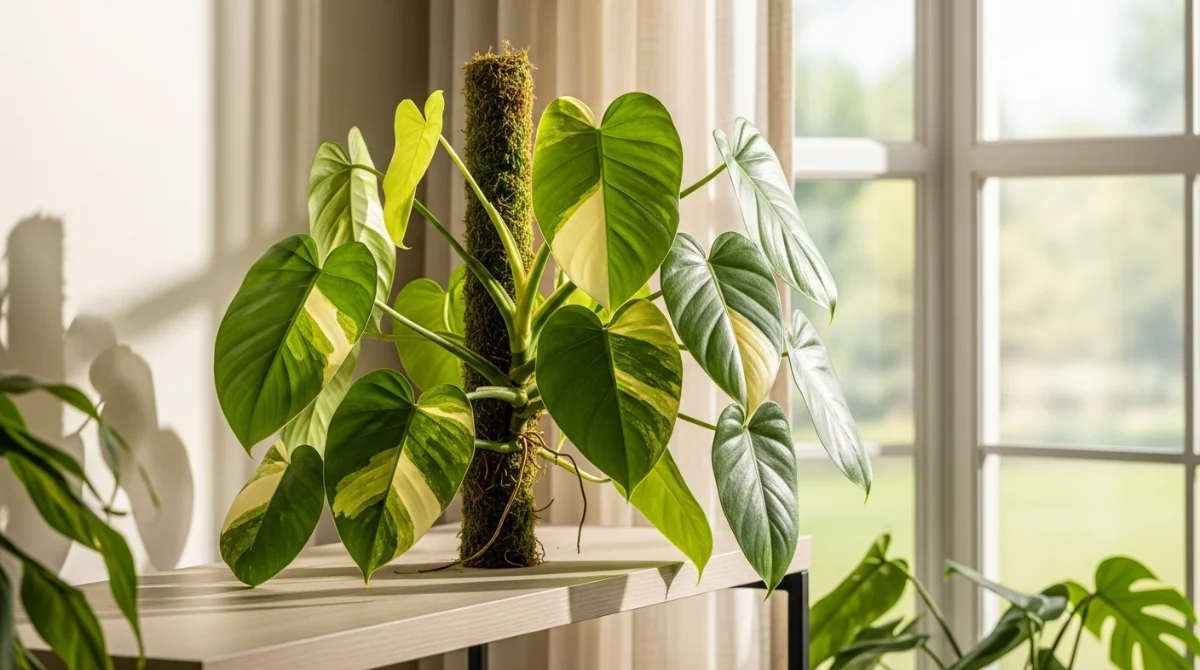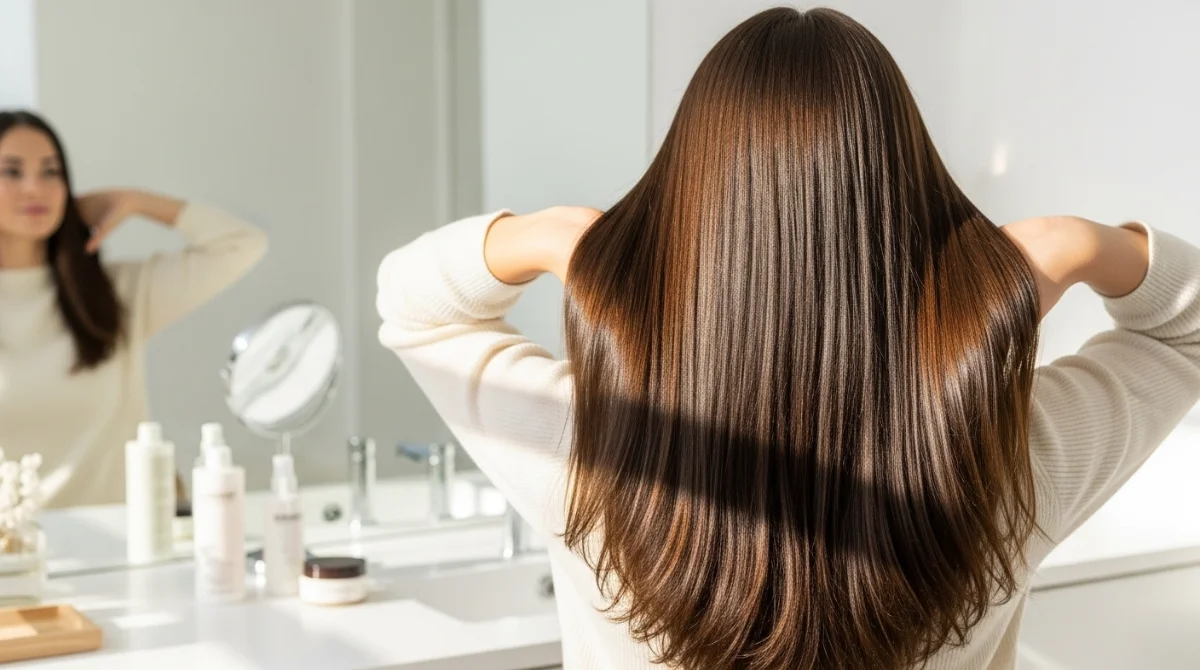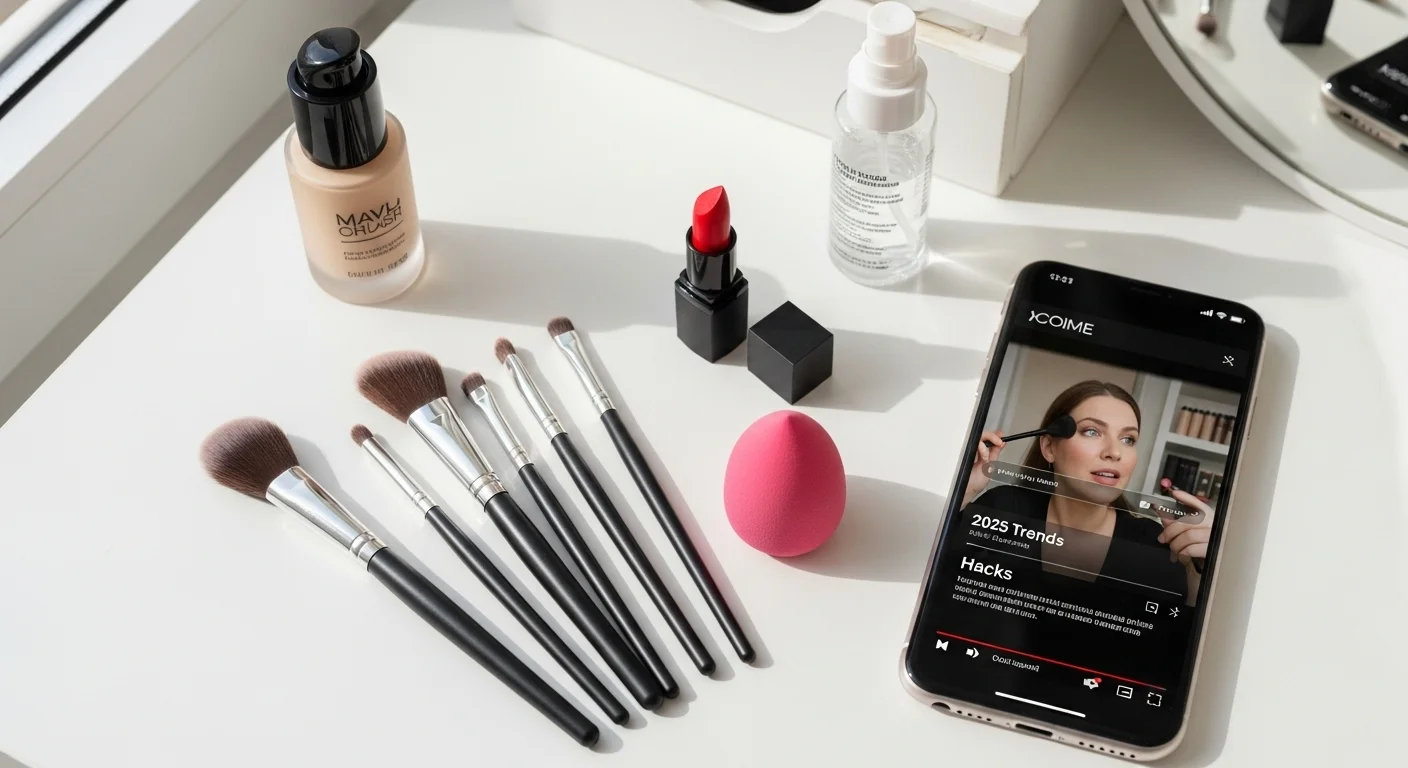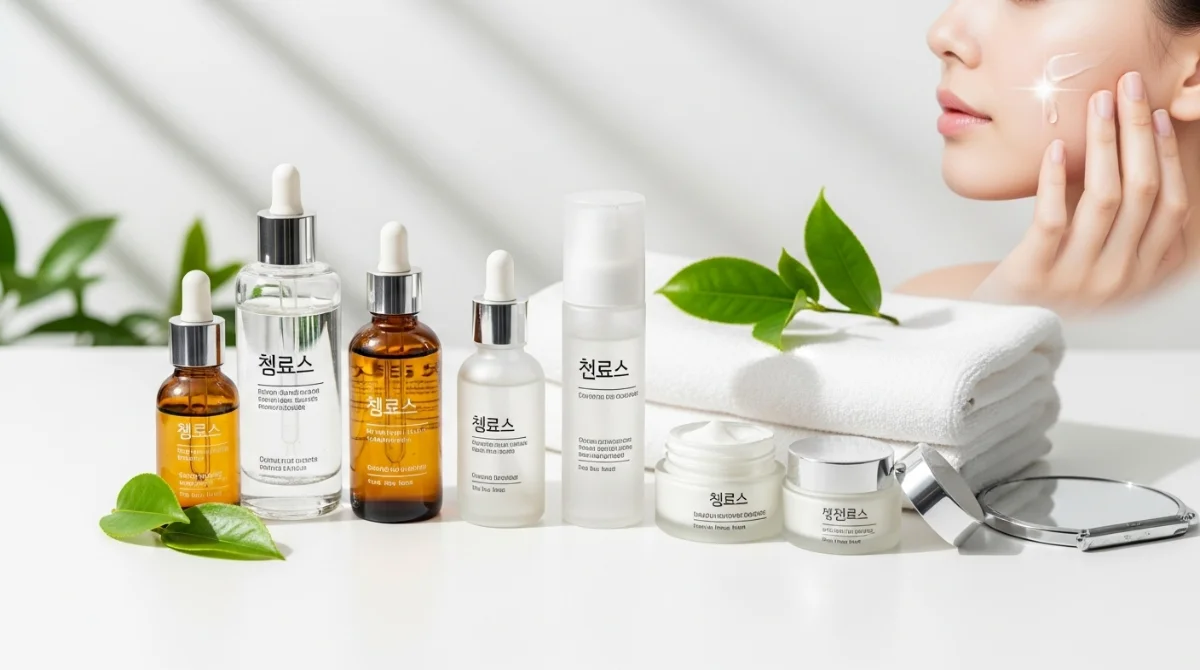The Philodendron Florida Beauty is one of the most eye-catching variegated houseplants. With its unique leaf shape and striking yellow-green patches, it’s no surprise plant lovers adore it. But caring for this rare hybrid takes the right balance of light, humidity, and attention. In this guide, you’ll learn everything about philodendron florida beauty care, from propagation to troubleshooting and keeping those variegated leaves glowing year-round.
What Is Philodendron Florida Beauty?
The Philodendron Florida Beauty is a hybrid between Philodendron pedatum and Philodendron squamiferum. It’s a climbing aroid known for its lobed leaves and creamy-yellow variegation. This plant grows best when supported by a moss pole or trellis and can thrive indoors with bright, indirect light.
Its cousin plants, Florida Green and Florida Ghost, share similar shapes but differ in leaf color and variegation. Florida Green has solid green leaves, while Florida Ghost displays pale white to mint tones. Florida Beauty stands out as the variegated masterpiece of the trio.
Light, Soil & Water: Core of Philodendron Florida Beauty Care
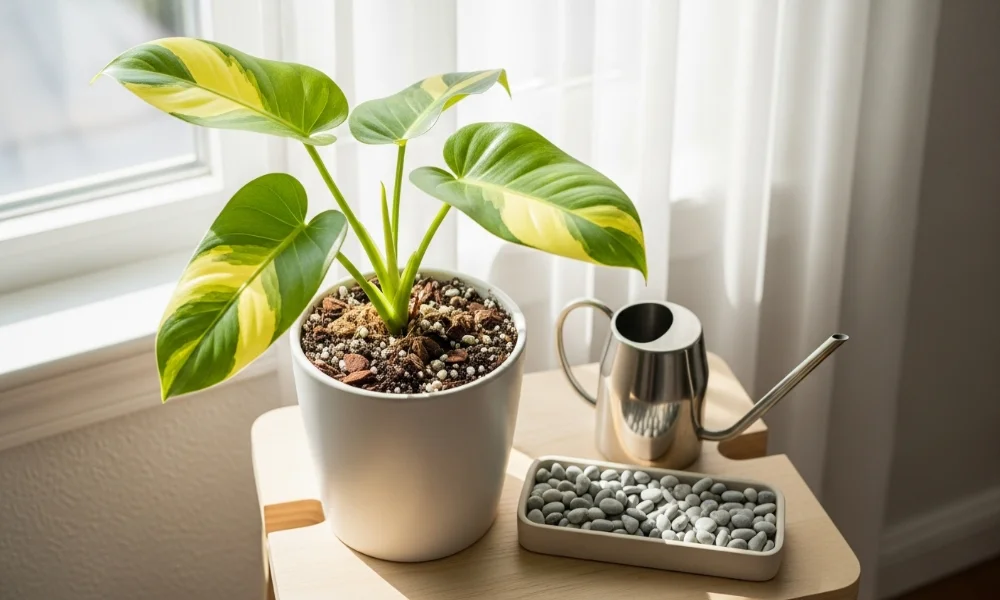
A healthy Philodendron Florida Beauty depends on getting these three essentials right: light, soil, and water. These factors directly affect growth rate, variegation brightness, and overall plant health. Let’s look at each in detail.
Light Requirements
This variegated philodendron thrives in bright, indirect sunlight. Place it near an east-facing window or behind sheer curtains to avoid direct sunburn. Too little light can fade the variegation, while too much direct light can scorch the leaves. Artificial grow lights can help maintain balanced exposure in darker rooms.
Soil & Potting Mix
Use a well-draining soil mix with high organic content. A blend of peat moss, orchid bark, and perlite works perfectly. This combination keeps roots airy while retaining moisture. Always choose a pot with drainage holes to prevent root rot and promote healthy oxygen flow.
Watering & Moisture
Water the plant only when the top 1–2 inches of soil feel dry. Overwatering can quickly lead to root rot, while underwatering causes curling or yellowing leaves. The Florida Beauty enjoys humid environments, so aim for 60–80% humidity. Pebble trays, plant grouping, or a humidifier can make a big difference indoors.
Feeding, Fertilizing & Seasonal Care
Good feeding and timely care help your Florida Beauty Philodendron grow lush and colorful. Regular fertilization, pruning, and repotting keep it in top form all year.
Fertilizing Schedule & Nutrients
Feed your plant with a balanced, water-soluble fertilizer every month during spring and summer. This keeps its leaves large and variegation bright. Always dilute fertilizer to half-strength to avoid nutrient burn. In fall and winter, reduce feeding to every 6–8 weeks.
Repotting & Pot Size Considerations
Repot the plant every 1–2 years when roots start circling the pot’s bottom. Spring is the best time since growth is most active. Choose a pot that’s one size larger to avoid stress. Fresh soil replenishes nutrients and encourages healthy root expansion.
Pruning & Training
Prune yellowing or damaged leaves regularly to maintain shape. Use clean scissors to make precise cuts above a node. Since this is a climbing houseplant, train it on a moss pole or trellis for better vertical growth and support.
Propagation Methods for Florida Beauty Philodendron
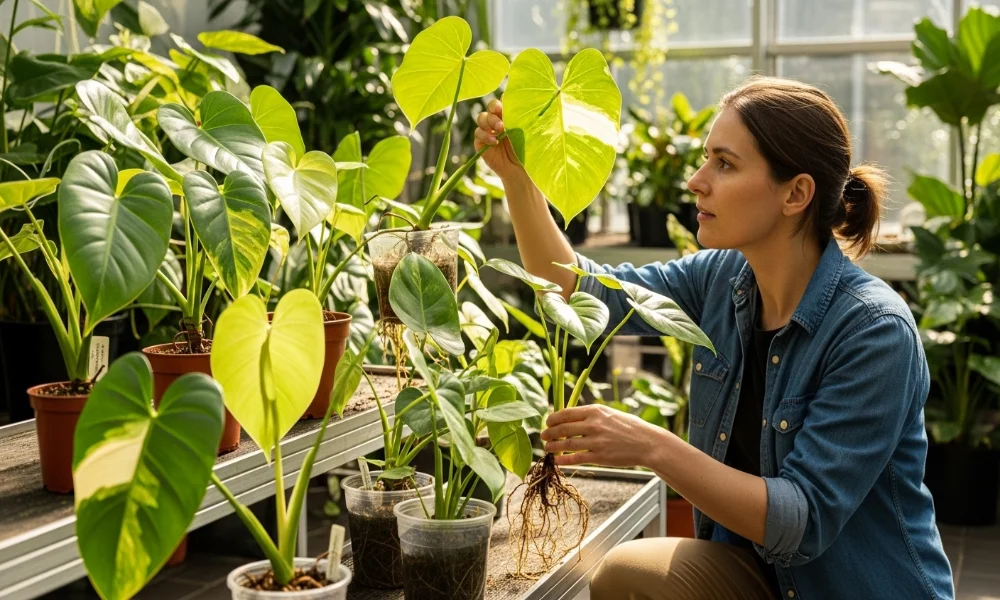
Propagation is the most exciting part of philodendron florida beauty care. It lets you expand your collection or share this rare gem with others.
Propagation by Stem Cutting
Cut a healthy stem just below a node with one or two leaves attached. Place it in water or moist soil, keeping the node submerged. Within two to four weeks, roots start forming. Once the roots are 2–3 inches long, transfer the cutting into a pot with well-draining soil.
Propagation by Division
For mature plants, propagation through root division works well. Gently separate sections with established roots during repotting. Ensure each section has at least one node and leaf. This method is faster and creates instantly stable new plants.
Maintaining Variegation & Enhancing Appearance
The stunning variegation of the Florida Beauty makes it so desirable. To maintain it, give your plant consistent light and balanced nutrition.
Avoid low-light areas, as lack of sunlight reduces variegation and causes reversion to green. Trim non-variegated leaves if they dominate, encouraging colorful growth. Using a gentle fertilizer with trace minerals helps sustain bright hues. Consistent humidity and clean leaves also enhance the plant’s overall look.
Common Problems & Troubleshooting
Even the healthiest Philodendron Florida Beauty can face issues. Recognizing them early keeps your plant thriving.
Yellowing Leaves, Browning, Leaf Drop
Yellow leaves usually mean overwatering or poor drainage. Browning may signal low humidity or excessive light. Adjust watering and relocate the plant if needed. Always inspect soil moisture before watering again.
Root Rot & Stem Rot
Root rot occurs when soil stays soggy for too long. If the roots turn mushy or black, remove damaged parts and repot in fresh, dry mix. Improve airflow and reduce watering frequency to prevent future issues.
Pests & Diseases
Common pests include mealybugs, aphids, and scale insects. Wipe leaves with neem oil or insecticidal soap weekly. Isolate infected plants immediately to stop spreading. Regular cleaning also helps prevent fungal leaf spots.
Loss of Variegation Reversion
When your plant loses its yellow patches, it’s often due to insufficient light. Move it to a brighter spot but out of direct sun. Cut back any fully green leaves to encourage variegated growth.
Leggy Growth, Weak Structure
Legginess occurs when the plant stretches for light. Provide brighter conditions or a grow light. Pruning long stems can help promote fuller, bushier growth.
How to Choose & Buy a Healthy Specimen
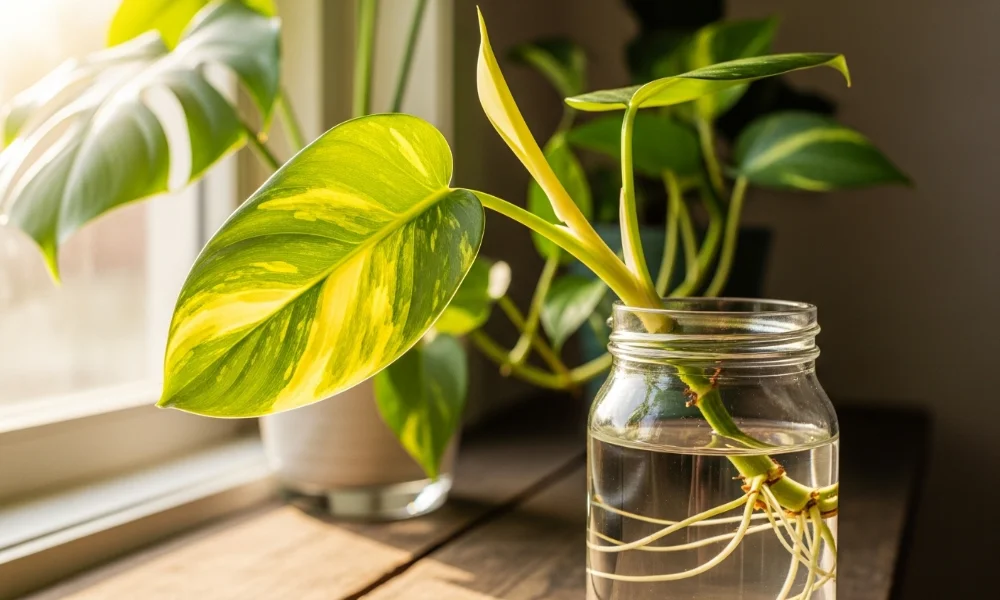
When buying a Florida Beauty Philodendron, inspect it carefully before purchase. Choose a plant with firm, vibrant leaves showing balanced variegation. Avoid plants with drooping or yellowing foliage.
Check for signs of pests like sticky residue or tiny webs. Look at the root system if possible white, firm roots indicate health. Also, remember this plant is considered rare, so verify authenticity and price from trusted nurseries or collectors.
Florida Beauty vs Florida Green vs Florida Ghost
| Feature | Florida Beauty | Florida Green | Florida Ghost |
|---|---|---|---|
| Leaf Color | Green with yellow/cream variegation | Solid deep green | Pale white to mint-green |
| Growth Habit | Climbing, medium-fast | Climbing, vigorous | Climbing, slow-growing |
| Rarity | Rare and collectible | Common | Rare and sought-after |
| Light Need | Bright, indirect light | Medium to bright light | Bright, filtered light |
| Variegation Stability | Moderate – needs stable light | Stable | Variable depending on light |
Frequently Asked Questions (FAQ)
Is Philodendron Florida Beauty toxic to pets?
Yes. Like many aroids, it contains calcium oxalate crystals that can irritate cats and dogs if ingested. Keep it out of reach of pets and children.
How fast does it grow indoors?
It grows moderately fast under ideal conditions, adding several new leaves each season. Climbing support and humidity boost its growth speed.
Can it be grown outdoors?
Yes, in USDA zones 9–11. It prefers shaded patios or greenhouses with consistent warmth. Avoid direct afternoon sunlight, which can burn the leaves.
How do I rescue a weak or dull plant?
Increase humidity, provide brighter light, and refresh the soil. Trim damaged foliage and feed lightly to encourage new, healthy growth.
Conclusion
Caring for a Philodendron Florida Beauty isn’t difficult once you know its needs. Bright, indirect light, well-draining soil, and consistent humidity are the keys. Regular pruning, feeding, and attention to variegation make it thrive beautifully indoors.
Remember, patience is vital with this plant because variegation takes time and care. By following these simple tips, your philodendron florida beauty care routine will reward you with stunning foliage that brightens any space.

